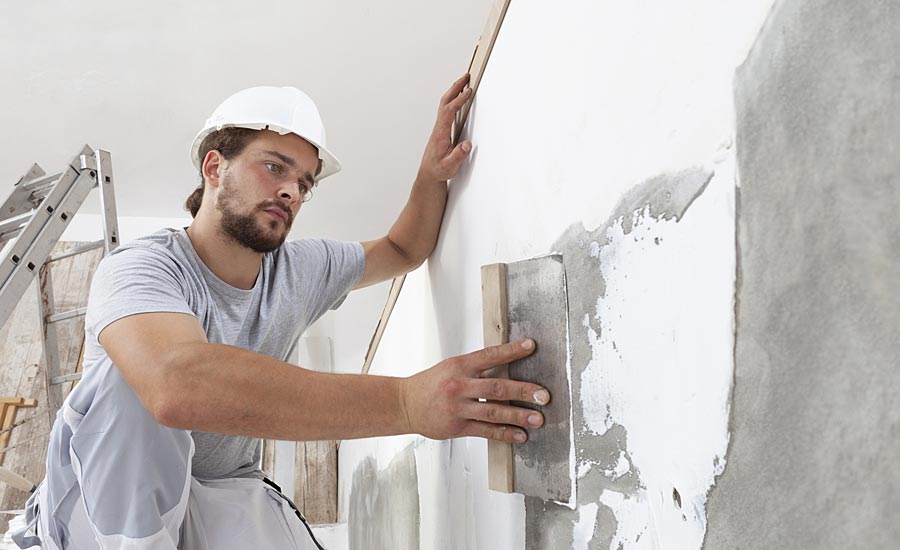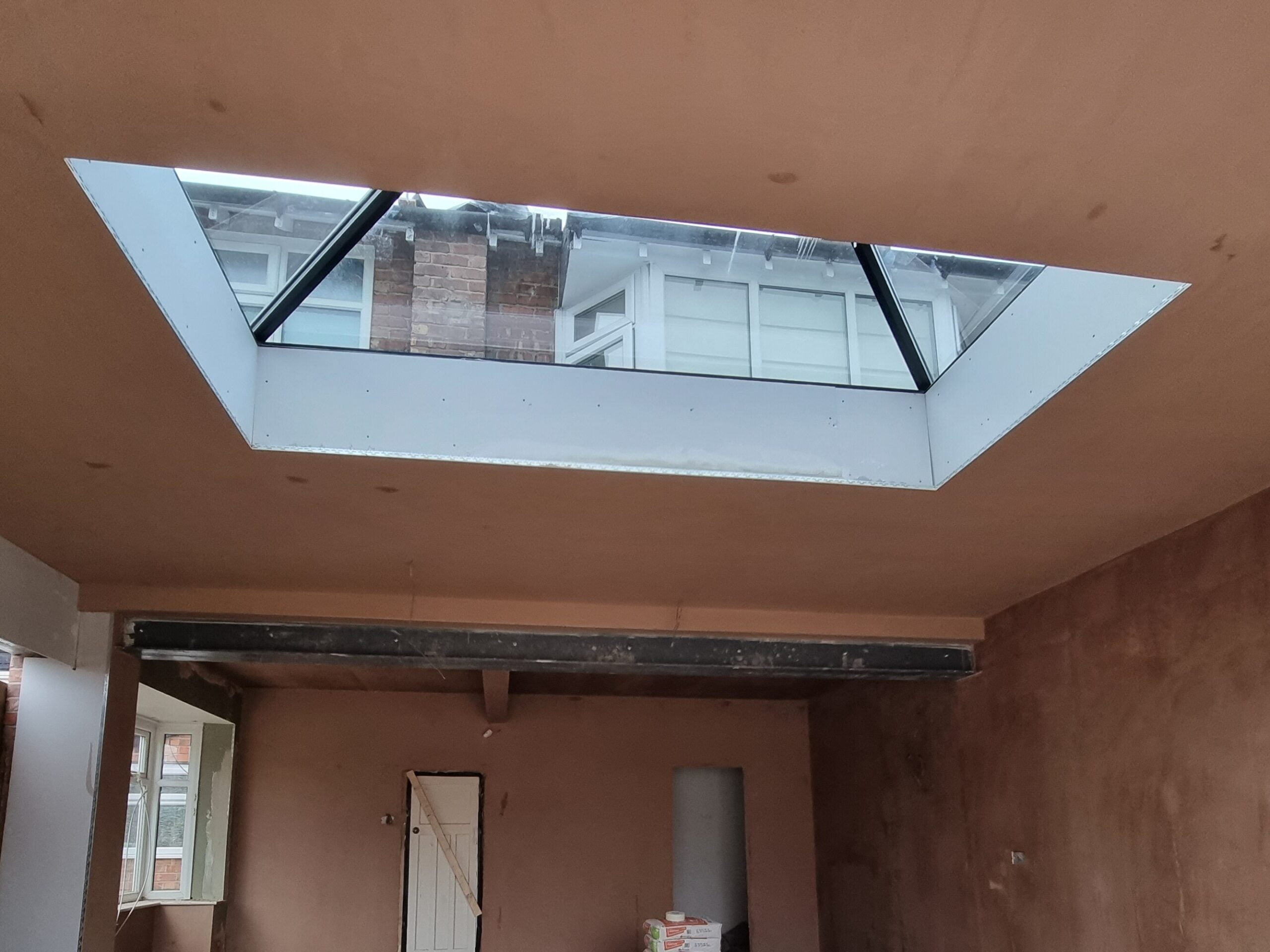Residential Plastering: Transform Your Home with Skilled Workmanship
Wiki Article
A Comprehensive Guide to Mastering Plastering Abilities for Your Restoration Needs

Important Devices and Products
Different important tools offer distinctive objectives, making sure effectiveness and accuracy throughout the smudging procedure. A top quality trowel, for instance, is crucial for smoothing and using plaster, while a hawk provides a stable system for holding the product.In addition to devices, picking the right plastering products is crucial. Gypsum-based plasters are typically preferred for their versatility and simplicity of use, while cement-based choices are suitable for exterior applications as a result of their resilience. Water and bonding agents play substantial roles in achieving correct uniformity and bond, making certain that the plaster sticks effectively to the surface area.
Furthermore, protective equipment such as goggles, masks, and gloves is necessary to safeguard versus dust and irritation during the application process. By constructing the best combination of materials and devices, plasterers can improve their ability and produce premium finishes, eventually raising the total workmanship of their work.
Preparing Surfaces for Smudging
Attaining a long lasting and smooth plaster finish begins with meticulous prep work of the surfaces to be plastered. This fundamental action is critical to ensuring attachment and the durability of the plaster. Start by evaluating the condition of the substratum-- whether it is stonework, drywall, or concrete-- removing any loosened paint, dust, or particles that may interfere with bonding.Next, fix any type of imperfections such as cracks or openings. Utilize an ideal filler to achieve a level surface; this can be critical for preventing future concerns. Once fixed, guarantee the surface area is clean and dry, as dampness can compromise plaster adherence.
For permeable surfaces, it is recommended to use a bonding representative. This product improves bond and develops a reliable interface between the plaster and substrate. If dealing with formerly plastered surfaces, it may be needed to scuff or sand the area gently to give a trick for the brand-new plaster layer.
Plastering Strategies and Tips
Grasping plastering strategies needs both skill and technique to attain a flawless coating. One essential strategy is the application of the plaster in multiple slim layers, rather than a single thick coat.When applying the finish coat, utilize a shoveling method that includes holding the trowel at a mild angle and functioning in a round movement. This assists to develop a smooth surface area and reduces the look of trowel marks. Furthermore, maintain a spray container of water convenient to mist the surface area gently; this keeps the plaster workable and enables smoother completing.
Timing is vital; job successfully, as the plaster begins to establish. As soon as the plaster has actually firmed up yet is still wet, make use of a wet sponge to gently smooth the surface further. Lastly, allow adequate drying time before fining sand or paint, guaranteeing your tough work results in a specialist, top notch finish.
Usual Errors to Stay Clear Of

One more typical error is applying plaster too thickly. Overzealous applications can cause splitting and extended drying times. It's necessary to click to find out more apply plaster in slim, also layers, allowing each coat to completely dry properly before adding extra.
Furthermore, not making use of the right devices can hinder the top quality of the coating. Using unsuitable trowels or mixers can develop variances in the plastering procedure. Constantly choose high-grade tools made for plastering tasks.
Finally, numerous individuals undervalue the value of timing. Functioning in inappropriate temperature levels or moisture levels can detrimentally affect plaster curing and drying. It is a good idea to check weather and adjust your schedule accordingly.
Ending Up Touches for a Specialist Appearance
The final phases of a plastering task are essential for achieving a polished, specialist appearance. Once the plaster has actually dried adequately, the next action is to evaluate the surface for blemishes.After fining sand, it's suggested to clean up the surface area to remove any kind of dust and particles. A damp cloth works for this objective, adhered to by a comprehensive drying period. If needed, applying a slim layer of ending up plaster can boost the surface further, offering a seamless coating.
When the completing plaster is completely dry, another round of fining sand may be needed to achieve the wanted level of smoothness. Ultimately, consider using a guide prior to paint or wallpapering, which will certainly enhance bond and resilience.
Final Thought
Grasping plastering abilities significantly improves the top quality of remodelling projects. An extensive understanding of necessary devices, surface preparation, and effective strategies is important for accomplishing professional results. Recognition of typical mistakes permits the avoidance of pricey mistakes, while focus to finishing touches makes certain a refined look. Eventually, the integration of these components adds to the creation of smooth, sturdy surface areas that elevate the aesthetic value of any kind of space, emphasizing Discover More Here the value of skillful plastering in home renovation endeavors.Water and bonding agents play significant roles in achieving appropriate consistency and adhesion, ensuring that the plaster sticks properly to the surface area. Plastering.


Furthermore, keep a spray container of water convenient to mist the surface area lightly; this maintains the plaster workable and permits for smoother finishing. (Plastering)
If essential, using a thin layer of ending up plaster can boost the surface additionally, giving a seamless coating.
Report this wiki page